#barley grain
Explore tagged Tumblr posts
Photo

poppy . . . | uwhe-arts
#red poppy#photographers on tumblr#at field edge#uwhe-arts#field#agriculture#barley grain#barley#fujifilm x100v#x100v
497 notes
·
View notes
Link
1 note
·
View note
Text
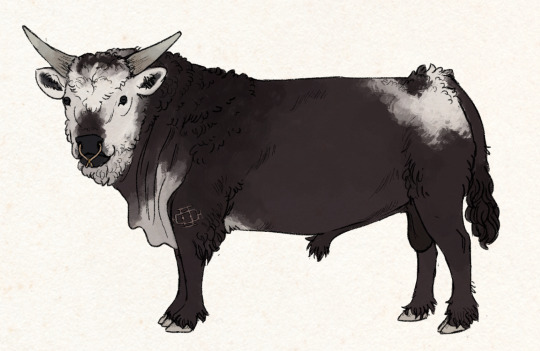
A kulustaig bull, the distinctive cattle landrace of the highlands.
Kulustaig have striking differences to other native cattle found across the Imperial Wardi claimed territory. Their aurochs ancestors were domesticated in a separate event from those found south of the Inner Seaways, and the broader cattle population kulustaig derived from may have trace bison genetics. The progenitors of this landrace were brought south across the Viper seaway by the ancestors of the contemporary Hill Tribes, and were gradually shaped into the kulustaig in adaption to the high altitudes, mild but dry summers, and cool/snowy wet seasons.
These cattle are mid-sized and stocky in build with large, broad faces, most distinguished by curly manes and 'beards' and thick, V-shaped horns. Genetically undiluted kulustaig are almost ubiquitously black, white, and/or gray, though breeding with other cattle has introduced a greater variety of coloration in contemporary stocks.
They are adapted to higher altitudes, having larger hearts and a bigger lung capacity than comparable lowland breeds, and grow thick, curly winter coats that allow for superior resistance to seasonally cooler temperatures. They can maintain condition on less food and lower-nutrition grasses than the average cattle, and are excellent instinctive foragers. This particular quality makes them attractive for crossbreeding efforts with cattle stock of the dry scrublands in the south of Imperial Wardin, though most of their other traits are highly unfavorable for hot, low altitude environments, and scrub-kulustaig hybrids with idealized traits are rare (and highly sought after as studs).
These are all-purpose cattle that can adequately fulfill roles as meat, draft, and dairy animals, though the latter role has the most importance in day to day life, and they show the most selection for milk production (though are not as high-yield as pure dairy breeds). Their meat is mostly lean and somewhat gamey, as they rely more on thick winter coats than fat stores to manage cold, and the vast majority subsist entirely on wild grasses and forage.
Most kulustaig have fairly calm, gentle temperaments, and accommodate well to human handling (it is not uncommon for cows and geldings to be passively ridden by herders otherwise traveling on foot). Their herds have strong, well defined, and stable dominance hierarchy structures, which reduces actual fighting and lends to them being more easily managed by their human herders. In most traditions, the dominant female in each herd is regarded as blessed by and belonging to the agricultural goddess Od, and will not be milked or slaughtered (this untouchable status is often maintained even if the cow's rank in the hierarchy is displaced, though traditions vary).
Bulls are almost ubiquitously given personal names by their owners (the honor often belonging to a family or clan's matriarch, who is generally considered the owner of the herd and other familial assets), while other traditions vary between just the bulls and dominant cows, personal favorites, or entire herds receiving names.
These cattle are of tremendous importance to the peoples of the highlands (particularly tribes and/or individual clans living above the river valleys, who fundamentally rely upon them for subsistence). They provide much of the meat and dairy that the core diet revolves around, and are the greatest measure of wealth within the highlands. Non-native cattle can be commonly found in parts of the highlands in the contemporary (and may be bred in to impart unique qualities to established stock, such as improved milk production or fattier meat), but kulustaig are typically prized above all the rest. These cattle are often a source of great pride for individual clans, and one of few agreed upon markers of shared identity and pride for all of the collective Hill Tribes.
Cattle raiding is a near-ubiquitous practice (both as a practical resource acquisition, and a less immediately lethal method of settling larger disputes than open warfare), and most cattle will be branded with a mark identifying their owning clan as a method of dissuading theft (often futile, particularly given cattle marked as belonging to certain wealthy clans may be especially prized). Nose rings are commonly used to assist in the handling of bulls, but have secondary protective functions that lend to their common use in even the most docile of cattle. Rings are usually blessed or have spells woven into their making as a supernatural barrier against theft, or against malicious (or at least devious) mountain spirits such as tiirgranul (who take pleasure in frightening cattle (and their herders) and are known to cause stampedes) or wildfolk (who are known to sometimes steal or curse cattle when offended, or just bored).
The word kulustaig derives from the common word 'taig'/'taigr', which refers to cattle in the contemporary languages of both the Hill Tribes and Finns, and the 'kul' root (heavily antiquated and not used in contemporary speech, most commonly recognizable in the name of the kulys plant), which has connotations of hardiness/robust qualities. The name would have derived from complimentary descriptions of the animals as 'the best and most robust of cattle'.
#GET EXCITED: 9 COW PARAGRAPHS#creatures#hill tribes#Just in general an obsolete word that was something like 'kulus' was used as a modifier to describe something as THE MOST hardy/robust#The name 'kulys' for the plant would have been derived from ancestral populations just referring to it as 'the hardiest' plant#Or like it's possible that the culture hero Kulyos was named after the plant but also very possible that the word was actually#an epithet meaning 'the hardiest' which over generations and linguistic change was reinterpreted as his actual given name#The -kul in Brakul's name also comes from this root but no longer has any literal meanings of hardiness. A name with -kul in it will#at least be associated with hardy/robust Things like tough plants and cattle#I don't have a word for the local strain of barley yet but it's probably got a kul root in there somewhere (given it would be especially#noted as the hardiest of all grains)
223 notes
·
View notes
Text

Barley's family!!! Maisy and Wheatley are mom and dad; birth order: Rye, Millet, Barley, Bucky, Farro, Oatis
#trolls#trolls oc#trolls oc barley#trolls oc bucky#trolls oc farro#trolls oc maisy#trolls oc oatis#trolls oc wheatley#trolls oc millet#trolls oc rye#the grain family#ill explain more later
75 notes
·
View notes
Text

Golden barley, and one wild oat
98 notes
·
View notes
Text

Loaves and Fishes.
Today the minister said, "you don't have to feed the five thousand. You only need to provide the loaves and fishes."
A helpful thought for those of us who feel we should be able to fix the world. You can only do what you can do - and you can never tell how much of a difference that might make.
#sermon doodles#loaves and fishes#I drew barley bannocks#as I read somewhere that people in that time and place ate unleavened barley bread#just like people in Scotland did since time immemorial#barley is the original grain of ordinary folk in many places in the world
20 notes
·
View notes
Text
On a very psychological level I really like eating just straight up grains. Like a horse. I'm such an oatpilled grainmaxxer
25 notes
·
View notes
Text
me whenever a recipe by beryl shereshewsky or tasting history mentions that "you can also use barley as a substitute"

#mine#also shoutout to the V Birchwood video on ancient greek food. god i want to try those honey glazed prawns SO BAD#rip v birchwood for not being able to find barley flour to make bread from for that video. i know the struggle intimately#like i figured out where to get barley grains and i can get barley flakes there too (im almost thru my 5 month stash :((()#BUT :(((( they dont have WHOLEGRAIN barley flour..... idk why tf not. basically every other flour there is whole grain#but no the barley flour has only 2 gr fiber per 100 gram. and i was like Surely this is a typo and you mean 12 gram?#but no.......... i ate that and got horrible cramps. so now i have 4.8 kg of 5 month old non whole grain barley flour in the basement :/#so yea i need to go for plan B which is to keep buying those barley grains and ask my parents for a flour mill for xmas gfjdtfjdhfgdjdtfj
10 notes
·
View notes
Note
*holds a cartoonishly big hammer above your head* favourite flower? Favourite school subject? Favourite food?
*trembles*
um uh um...
*grabs onto my ocs* if i die, they're going too >:(
so for flowers i really like sunflowers! they're bright and large and pretty, and the seeds taste pretty good.
favourite subject? i love math, art and psychology (i really wish i'd taken math in a-levels but it's too late now sadly) but since we're going with just one I'll say psychology.
favourite food! it's albondigas soup! my uncle made it many years ago (i was eleven? i think?) and i've loved it since then. it's so warm and comforting :3
#nox's asks#seriously tho i love soup#it's the best thing ever#so many different kinds of soup#and all of them tasty as fuck#there's this one called soupe jo#it's a persian chicken and barley soup#and it's so good#i love soups with some kind of grain in them#and i love soups that are creamy#...i want soup now#and persian food
8 notes
·
View notes
Text
fodlan widely grows corn???????????
#fe#fe three houses#could be they're being strangely british about it and mean like#wheat#(it can't be barley because that's a separate item)#but this would i think be a bit strange as the english localization of feth is i think generally american english??#i care less about the tomatoes because those are explicitly rare and imported from Dagda#it makes some sense for there to be new world crops in fodlan#seeing as Dagda seems to be the new world equivalent and it is like#Right There#compared to the irl distance between europe and the americas#and obvs there has been contact and exchange going on for a while now#but i am just amused by the thought of Medieval Europe But With Maize#especially since they have like#Corn as an item and Barley as an item but not Wheat#so. perhaps fodlan is entirely wheatless#and the staple grains are corn and barley
2 notes
·
View notes
Text
Bay and Fennel Rice

A beautifully fragrant yet simple side, this Bay and Fennel Rice is excellent with stews.
Ingredients (serves 4):
3 cups long grain white rice
1 large bay leaf
1 teaspoon fennel seeds
1 teaspoon coarse sea salt
3 cups water
Spoon rice in a rice cooker or saucepan.
Add bay leaf, fennel seeds and coarse sea salt to the rice; give a good stir. Stir in water, and cook, according to rice cooker’s instruction or over medium heat, about 20 to 25 minutes, until all liquid is completely absorbed.
Serve Bay and Fennel Rice hot, as a side to Rosemary and Butternut Osso Bucco or Venison Stew.
#Recipe#Food#Bay and Fennel Rice#Bay and Fennel Rice recipe#Rice#Rice recipe#Long Grain Rice#White Rice#Rice Bulgur Barley and Wheat Berry#Bay Leaf#Fennel Seeds#Coarse Sea Salt#Water#Easy recipe#Quick recipe#5 Ingredients or Less#Side#Side Dish#Side recipe#Side Dish recipe#Salad and Side
2 notes
·
View notes
Text
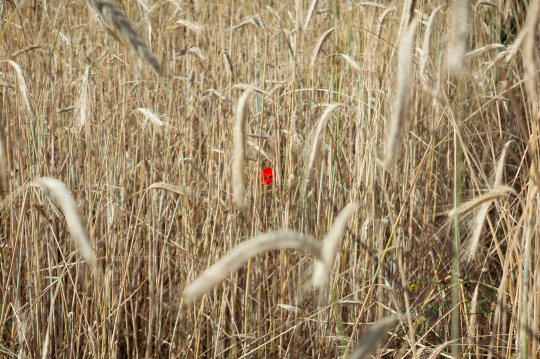
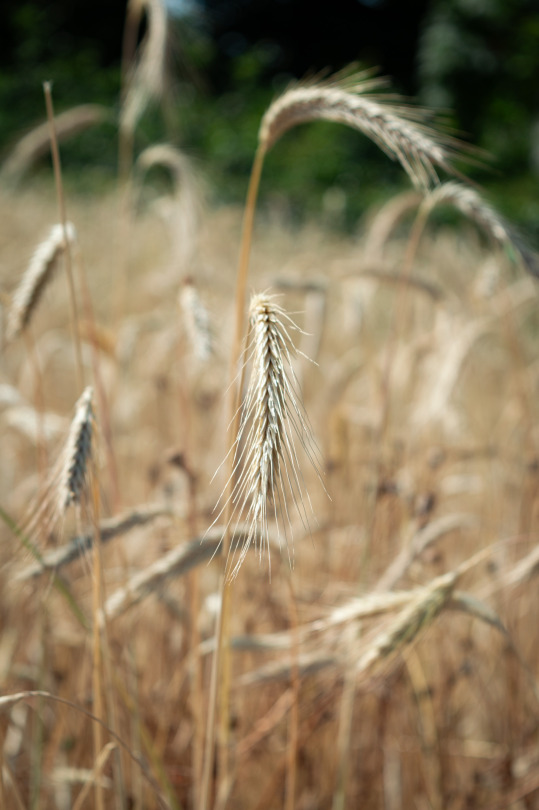
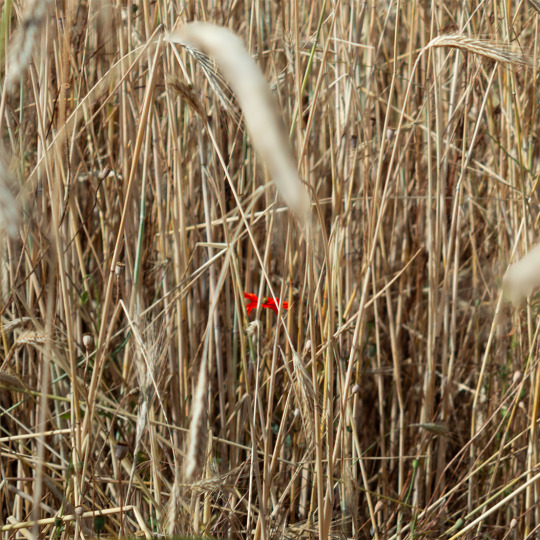

#beginner photographer#nikon#original photographers#photographers on tumblr#photography#lensblr#original photography blog#nature#flowers#red flowers#closeflowers#flower#flowerphotography#naturephotography#flowerlover#summer#barley#grain#light#field
15 notes
·
View notes
Text
have you guys ever had cholent
#my dad and i were discussing the fact that weve never had it (though i think my savta did as a kid? i'll have to ask her)#and apparently every time my dad considers making it someone tells him it's horrible and not to bother#but i can't figure out why it would be horrible because it appears to just be like. short rib beef stew with some grain and beans added?#all the recipes i can find seem pretty normal and pleasant#so either lots of peoples' families were absolutely terrible at cooking (plausible)#or the addition of barley and navy beans can ruin a stew beyond repair. somehow.#food#box opener#write in let us know.
8 notes
·
View notes
Photo

Barley by WernerKrause https://flic.kr/p/2gyXuAi
21 notes
·
View notes
Text
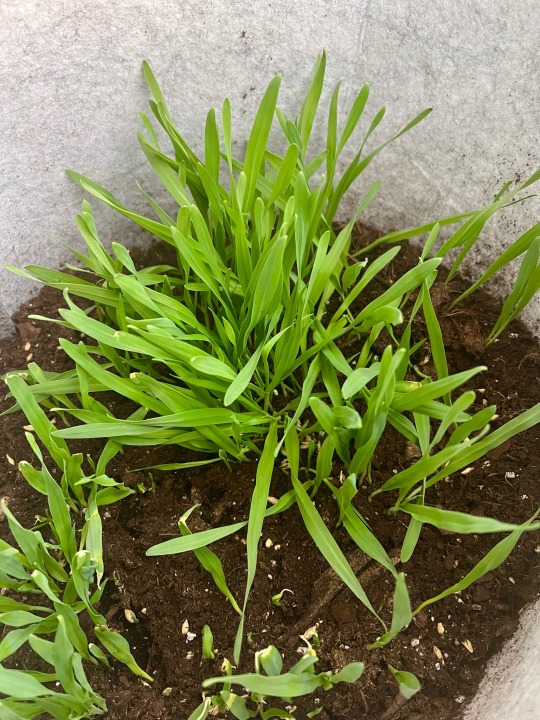

9/25/23 ~ Since being in school, I’ve learned a little more about cover crops. I ordered this book called Gardening with Grains by Brie Arthur and I am really enjoying it so far. So I may or may not have ordered barley & hard wheat seeds 👀😅😁 Not only are the good for your soil, but they are pretty added into your landscape even mixed with ornamentals. I have started a container of Barley (yes, I’m doing some in a container) so far, but also going to plant some in a little patch or patches in my yard. I just got my wheat in today, so I haven’t planted any of it yet.
What am I going to do with them when they are ready to harvest? I don’t know 😂 Maybe I’ll have enough Barley and Wheat to try and make a small batch of my own home brew 🍻 Or maybe I’ll let them dry out and use them in little floral arrangements.
Have any of you tried to grow or do grow any grains?
#indoor garden#container gardening#sustainable gardening#vegetable gardening#starting seeds#veganuary#grow organic#grow your own food#organic gardening#tomato garden#barley#grain#cover crop#growing grains#wheat#whole wheat bread#wheat field#sustainability#sustainable agriculture
17 notes
·
View notes
Text
#OTD in 1832 – The Making of Poitín. A lengthy article on this interesting Irish craft appeared in the Dublin Penny Journal on this day.
Poitín is a traditional Irish distilled beverage. Poitín was traditionally distilled in a small pot still and the term is a diminutive of the Irish word pota, meaning “pot”. It is traditionally distilled from malted barley, grain, treacle, sugar beet, potatoes or whey. In 1661 a law was passed that meant all distillers must now pay tax on spirits produced for private consumption. Due to lack of…

View On WordPress
#Barley#Beverage#Distilled#Dublin Penny Journal#Grain#Ireland#Irish History#Making of Póitin#Póitin#Potato
13 notes
·
View notes